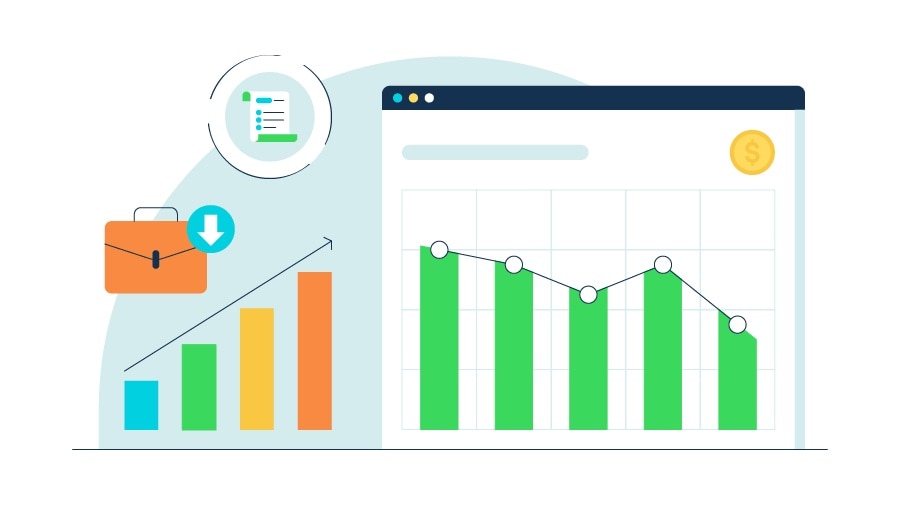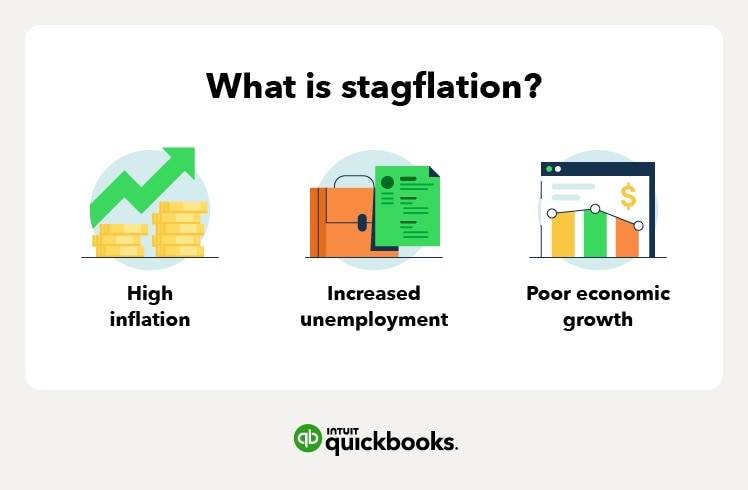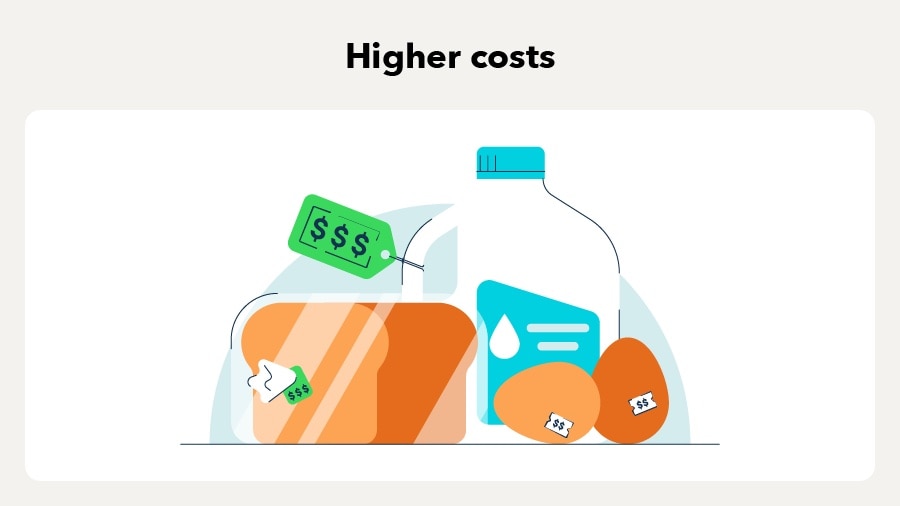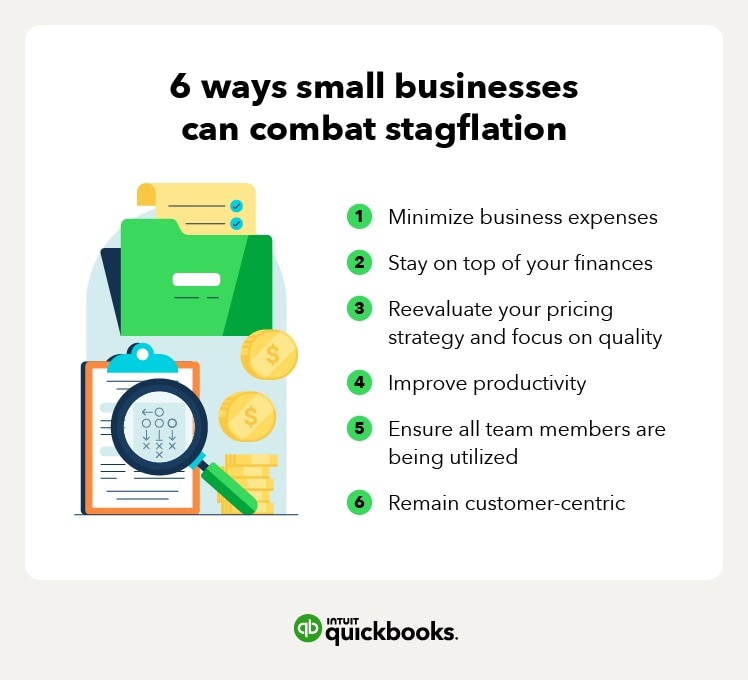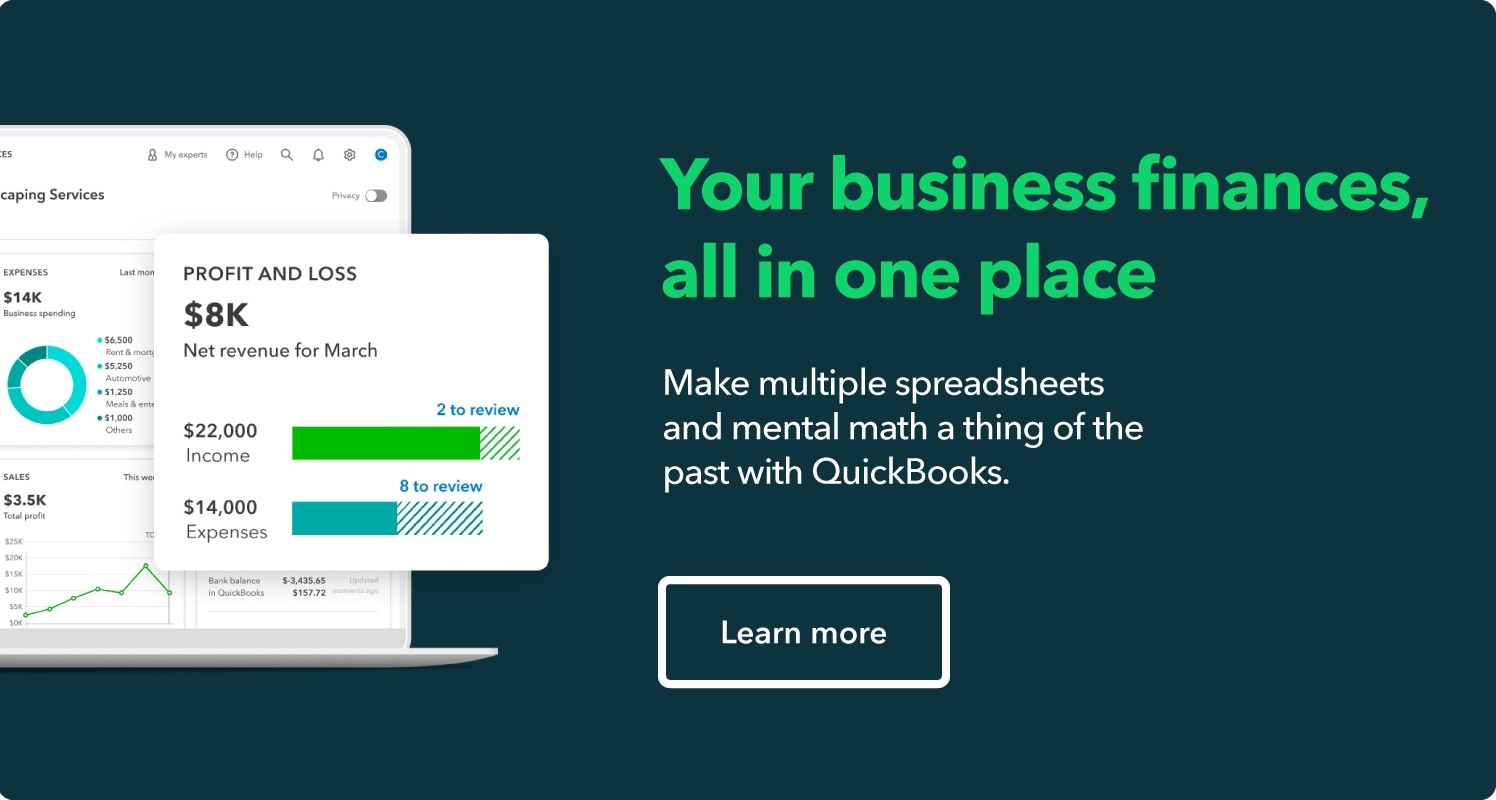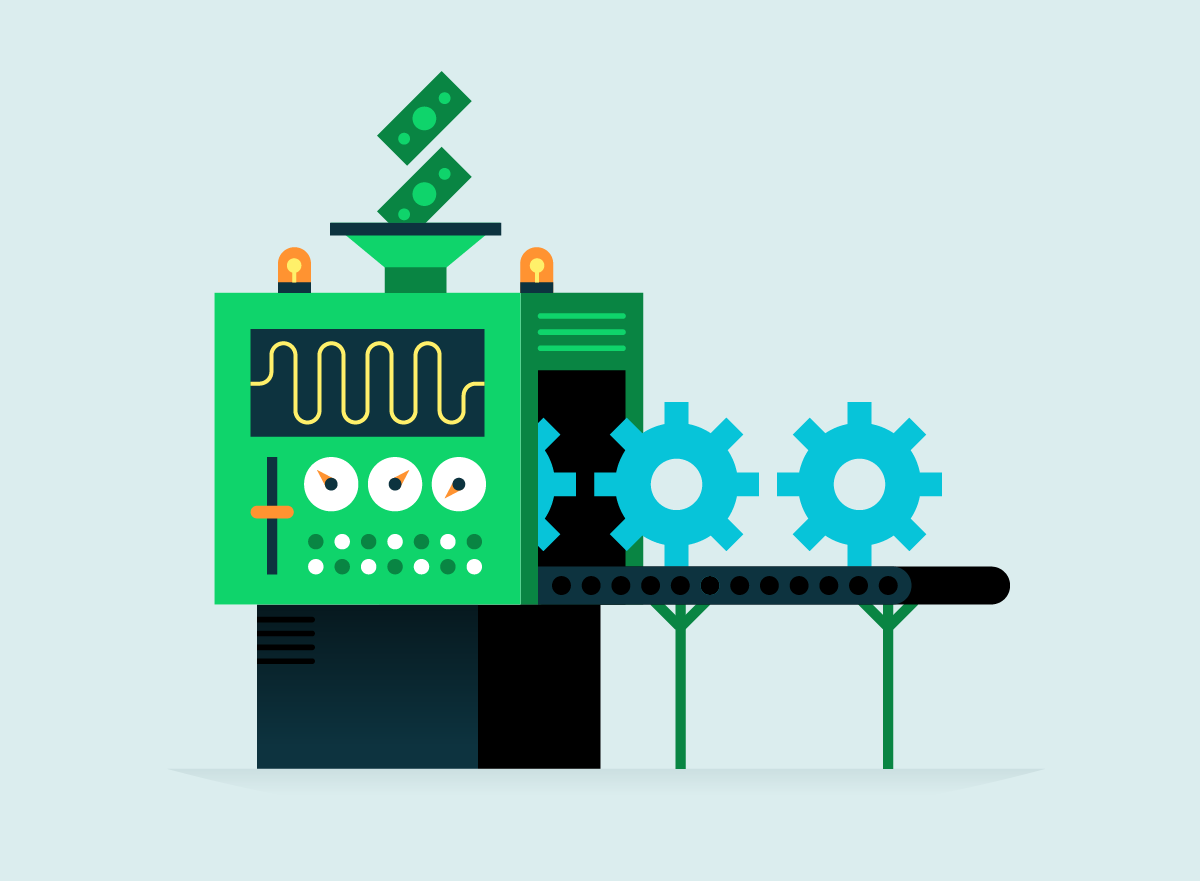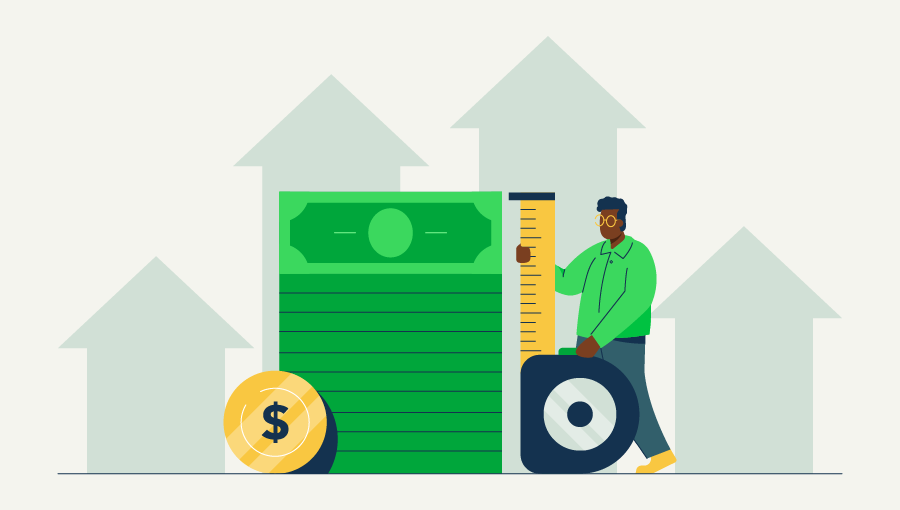2. Stay on top of your finances
Staying on top of business finances is crucial during economic hardships. As costs continue to rise and cash flow becomes slow, you’ll want to ensure you’re financially prepared. The QuickBooks Small Business Insights survey found that 68% of small businesses have cash flow problems due to inflation.
To keep your finances in order, focus on:
- Keeping debt low
- Building and maintaining a financial cushion to fall back on
- Closely monitoring your balance sheet to ensure you’re in a healthy financial position
3. Reevaluate your prices with a focus on quality
To keep up with inflation, you’ll likely need to reevaluate your pricing strategy. As costs of goods and supplies increase, raising your prices can help offset the rise in costs. Raising your prices without making any changes to your products may leave your customers wondering why they should pay more. The goal is to focus on quality.
When reevaluating your prices:
- Do some competitor research to see how much other businesses in your industry are charging.
- Put your focus on improving quality so your customers have a clear understanding of why they should pay more for your products or services.
- Look for creative ways to increase prices without buyers noticing, like offering product bundles.
4. Improve productivity
Efficiency is key during a period of stagflation. This means looking for ways to maximize productivity and streamline your processes. When your business is more productive, you can produce goods and services at a faster (and often more affordable) rate.
When thinking of how your small business can be more productive, consider investing in:
- Online software that streamlines your business processes
- Technology or tools that can reduce production time
- Automation software that eliminates time spent on mundane tasks
5. Ensure all team members are being utilized
Making sure you're utilizing all your employees effectively is an important way to prepare for stagflation. Hiring may naturally start to increase during periods of growth and expansion. However, when the economy faces economic downturns like a recession, it can lead to the elimination of some employees to cut down on costs.
To avoid losing team members during these hardships, it’s important you’re delegating tasks effectively and only hiring new employees when there is an absolute need.
When assessing your business needs, ask yourself these questions:
- Is there a specific position that you need to fill or create?
- What needs do I need to fulfill currently?
- Based on these needs, are there any current team members that can take on the responsibilities?
- Is hiring a new team member a must?
Not only can this ensure you’re utilizing all team members efficiently, but it can also cut back on unnecessary spending—allowing you to put that money back into other aspects of your business.
6. Remain customer-centric
Even during challenging financial times like stagflation, remaining customer-centric and putting an emphasis on your relationships with your customers can go a long way. Since consumer spending will likely decrease, you’ll want to stay prepared by paying attention to your customers’ needs.
Here are a few ideas to consider when remaining customer-centric during a time of stagnation:
- Implement a rewards program or offer discounts to encourage repeat business.
- Launch limited-time products or services that encourage spending.
- Keep an eye on consumer trends to stay ahead of your competition and maintain customer loyalty.
- Remain open and flexible to the changing needs of your customers.
Stay prepared for potential stagflation
Tough economic periods like stagflation can make things unpredictable, especially for small businesses. However, staying prepared is key so your business doesn’t suffer. This means cutting costs where needed and staying on top of your balance sheet.
Small business accounting software like QuickBooks Online can make it easy for you to track expenses, stay on top of invoices, and keep your books up to date so your business can weather economic storms.
QuickBooks Online Payroll & Contractor Payments: Money movement services are provided by Intuit Payments Inc., licensed as a Money Transmitter by the New York State Department of Financial Services, subject to eligibility criteria, credit and application approval. Find more information about Intuit Payments Inc.’s money transmission licenses at this link.








